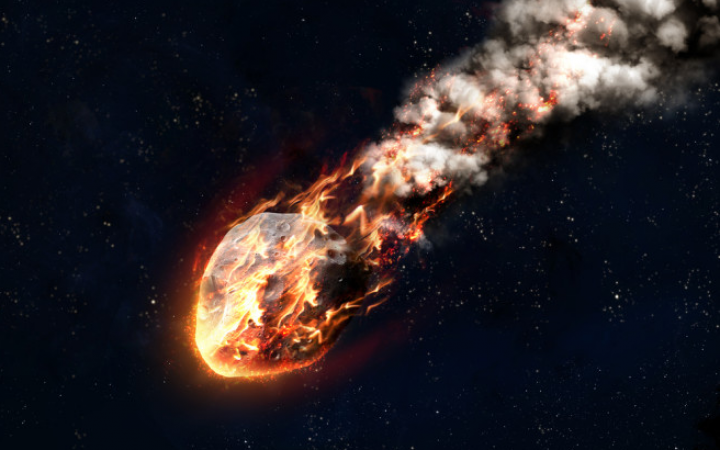
Scientists have found a strange interwoven microscopic structure that has never been seen before while studying inside an ancient meteorite. The Diablo Canyon meteorite fell to Earth around 50,000 years ago and was first discovered in 1891. According to new research, it contains never-before-seen diamond crystal structures, the news originally published on Live Science.
The microscopic structure is that of an interlocking form of graphite and diamond and has unique properties that might one day be used to develop superfast charging or new types of electronics, according to researchers. The carbon atoms within the diamond are arranged in a cubical shape. The diamond which is found in the meteorite is one of a kind that many are not familiar with, as most known diamonds were formed around 90 miles (150 kilometres) beneath the Earth’s surface, where temperatures rise to more than 2,000 degrees Fahrenheit (1,093 degrees Celsius).
By contrast, the diamonds inside the Canyon Diablo meteorite are known as lonsdaleite which is named after British crystallographer Dame Kathleen Lonsdale, University College London's first female professor and have a hexagonal crystal structure. These diamonds form only under extremely high pressures and temperatures. Although scientists have successfully made lonsdaleite in a lab using gunpowder and compressed air to propel graphite disks 15,000 mph (24,100 km/h) at the wall lonsdaleite is otherwise formed only when asteroids strike Earth at enormously high speeds.
"Through the controlled layer growth of structures, it should be possible to design materials that are both ultra-hard and also ductile, as well as have adjustable electronic properties from a conductor to an insulator," Christoph Salzmann, a chemist at University College London and co-author of a paper describing the research said in a statement.
The strange new structures were described on July 22 in the journal Proceedings of the National Academy of Sciences.
CSS Founder Bangalore: Top Website Designing Company in Bangalore
SpaceX surpasses past annual launch record with Starlink mission
Will Self-Regulate in reducing harmful content in New Zealand: Tech Giants